ANIMALS
15 Wildest Animals In The Everglades
Published
11 months agoon

Shutterstock
Welcome to the enchanting realm of the Everglades, a unique and biodiverse ecosystem nestled in the heart of Florida. In this natural wonderland, a myriad of fascinating creatures call the expansive wetlands, marshes, and forests home. From the iconic American Alligator to the elusive Florida Panther, each inhabitant contributes to the intricate tapestry of life that defines the Everglades. Join us on a virtual journey as we explore the top 15 coolest and weirdest animals that make this region their habitat, showcasing the captivating biodiversity that makes the Everglades a true natural treasure.
American Alligator
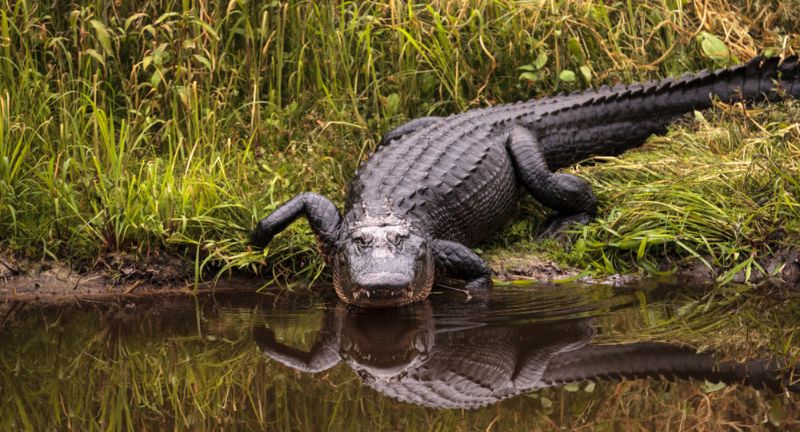
Shutterstock
The American Alligator, a classic inhabitant of the Everglades, plays a vital role in the ecosystem as a top predator. These large reptiles can be spotted basking in the sun along the waterways, marshes, and swamps of the Everglades. Despite their intimidating appearance, they are generally shy and elusive, preferring to avoid human interaction whenever possible.
Florida Panther
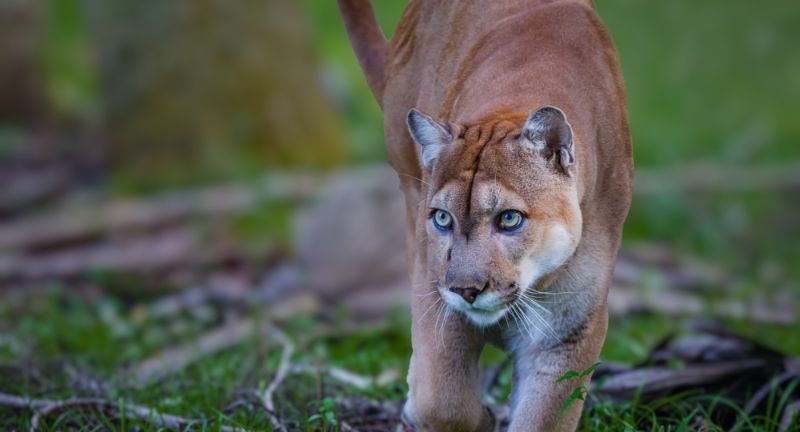
Shutterstock
The Florida Panther, an endangered subspecies of cougar, is a majestic and elusive big cat native to the Everglades. With its tawny coat and piercing eyes, the panther is a symbol of the wilderness that still thrives in the region. Unfortunately, habitat loss and human encroachment have significantly reduced their numbers, making sightings rare and conservation efforts critical for their survival.
Manatee
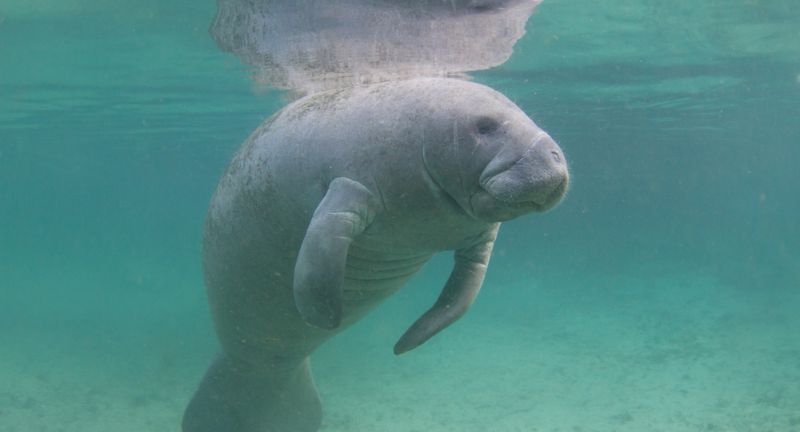
Shutterstock
The Manatee, also known as sea cows, are gentle herbivores often spotted in the waterways of the Everglades. These large marine mammals are characterized by their slow-moving nature and paddle-like flippers, making them a unique sight for visitors. Despite their size, they are graceful swimmers, gliding through the water with ease as they feed on aquatic plants.
Roseate Spoonbill
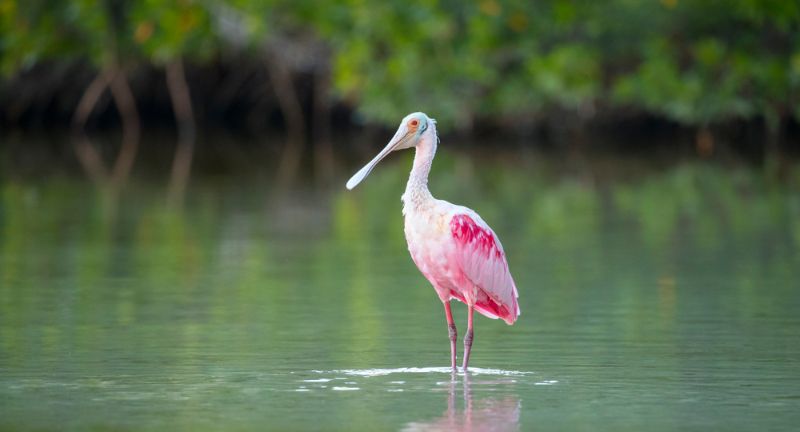
Shutterstock
The Roseate Spoonbill, with its distinctive pink plumage and spoon-shaped bill, is a captivating sight in the Everglades. These wading birds are often seen foraging in shallow waters for fish and crustaceans, their vibrant feathers standing out against the greenery of the marshes. Their unique bill shape is perfectly adapted for their feeding behavior, allowing them to sweep through the water and sift out prey with ease.
Anhinga
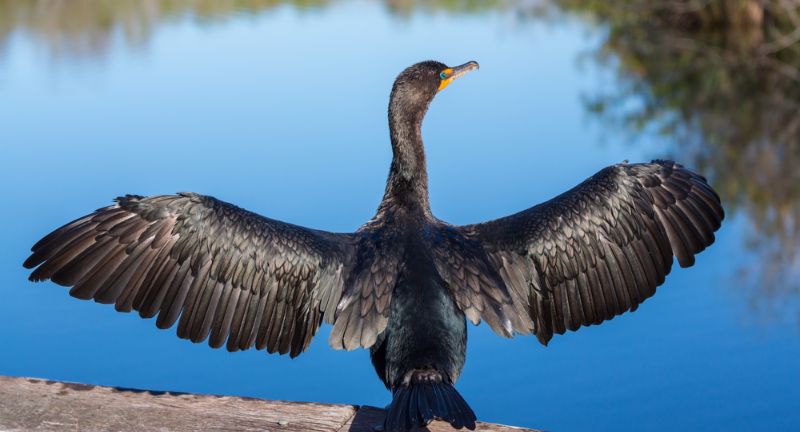
Shutterstock
The Anhinga, sometimes called the “snakebird” for its long, slender neck, is a common sight in the Everglades. These skilled swimmers and divers are often seen perched on branches or rocks, drying their wings in the sun after a dive. With their sharp beaks and agile movements underwater, they are formidable hunters, preying on fish and small aquatic creatures.
Pygmy Rattlesnake
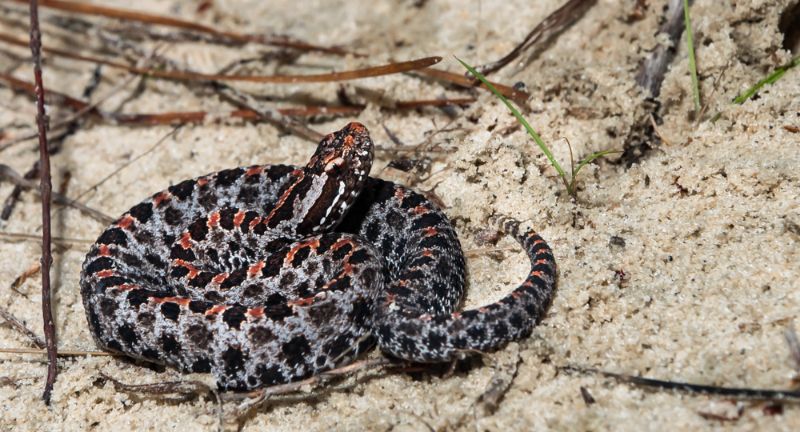
Shutterstock
The Pygmy Rattlesnake, a venomous snake with a small size, is characterized by its distinct rattling sound when threatened. These snakes are well-adapted to the swampy habitats of the Everglades, where they hunt for small rodents and amphibians. Despite their venomous bite, they are generally shy and prefer to avoid confrontation with humans, relying on their cryptic coloration to blend into their surroundings.
Florida Softshell Turtle
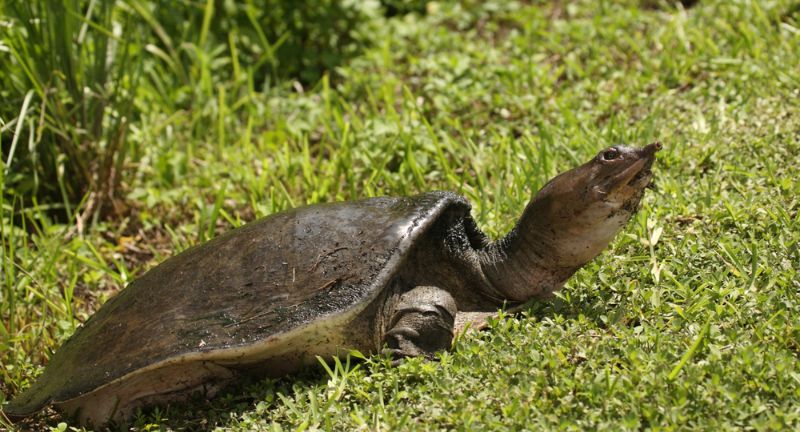
Shutterstock
The Florida Softshell Turtle, known for its pancake-like appearance and soft, leathery shell, is a common inhabitant of the Everglades. These large turtles are primarily aquatic, spending much of their time submerged in the water, where they prey on fish and crustaceans. Their streamlined bodies and webbed feet make them adept swimmers, propelling them gracefully through the marshes and waterways of the Everglades.
Eastern Diamondback Rattlesnake
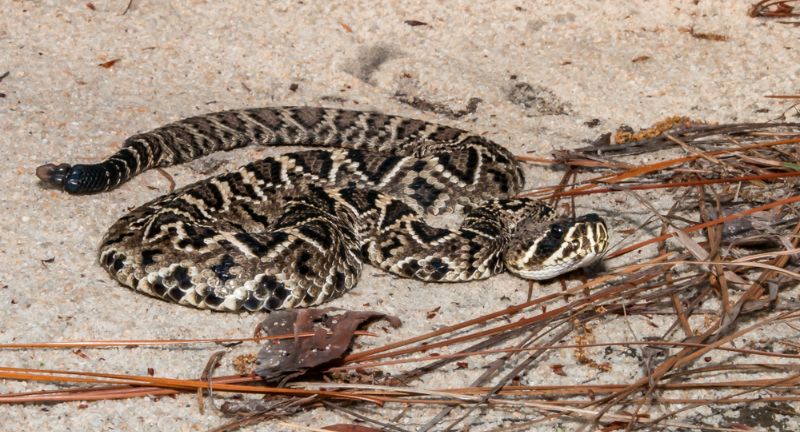
Shutterstock
The Eastern Diamondback Rattlesnake, the largest venomous snake in North America, is known for its intimidating size and diamond-shaped pattern. These formidable predators are rarely encountered by humans due to their shy nature and preference for remote habitats. Found primarily in pine forests and scrublands near the Everglades, these snakes play a crucial role in maintaining the balance of the ecosystem by controlling rodent populations.
Burrowing Owl
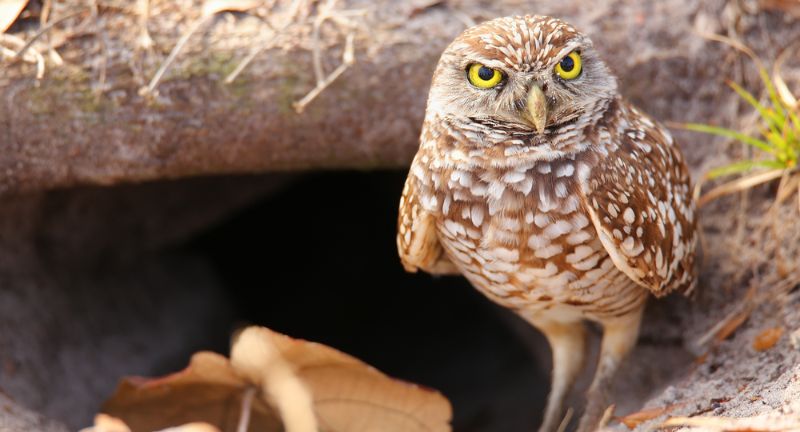
Shutterstock
The Burrowing Owl, a small and charismatic owl species, is often found nesting in burrows created by other animals in the Everglades. These ground-dwelling birds are known for their distinctive appearance, with bright yellow eyes and long legs adapted for running on the ground. Despite their small size, they are fierce defenders of their nests, often standing guard at the entrance of their burrows to ward off potential threats.
Mangrove Tree Crab
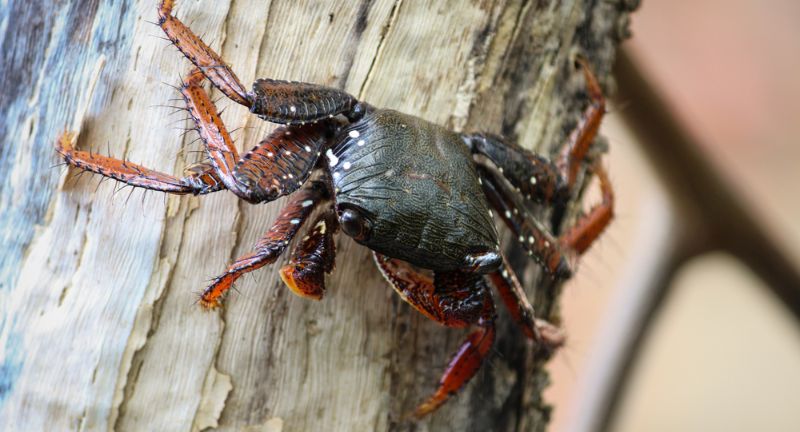
Shutterstock
The Mangrove Tree Crab is a colorful and fascinating creature commonly found in the mangrove ecosystems of the Everglades. These crabs are expert climbers, using their strong claws to navigate the intricate branches of mangrove trees. Their vibrant hues provide camouflage among the leaves, and they play a vital role in the ecosystem by feeding on detritus and contributing to nutrient cycling in the mangrove habitat.
Florida Gar
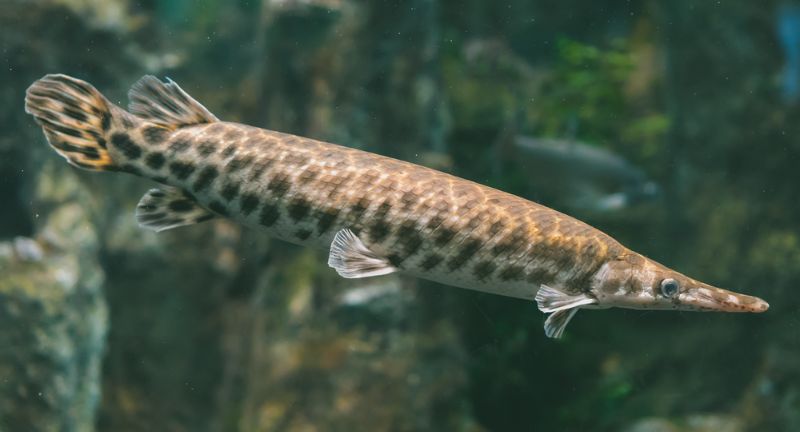
Shutterstock
The Florida Gar, a prehistoric-looking fish with long snouts and armor-like scales, is a unique inhabitant of the Everglades waterways. These ancient fish have remained relatively unchanged for millions of years and are well-adapted to the diverse aquatic environments of the region. With their elongated bodies and sharp teeth, Florida Gars are skilled predators, preying on smaller fish and adapting to both freshwater and brackish habitats within the Everglades.
Wood Stork
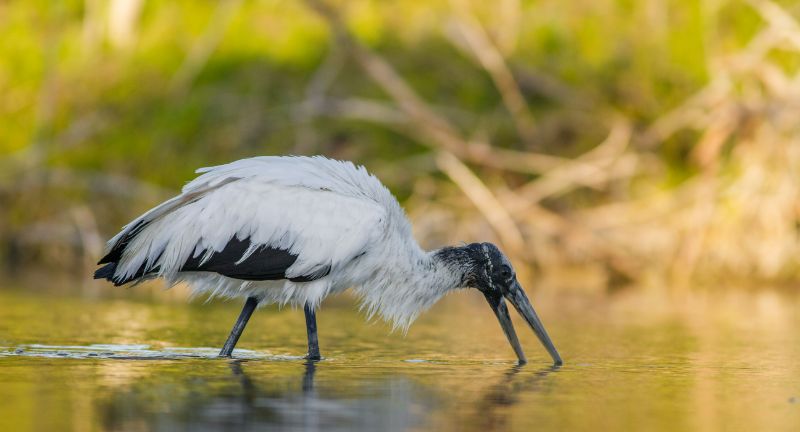
Shutterstock
The Wood Stork, the only stork species breeding in the United States, is recognized for its distinctive appearance and behavior. These large wading birds have bald heads, long legs, and a unique method of foraging known as “tactolocation,” where they use their sensitive bills to detect prey in shallow waters. Despite facing threats such as habitat loss and changes in water flow, Wood Storks continue to thrive in the Everglades and remain an iconic species of the region.
Panther Chameleon
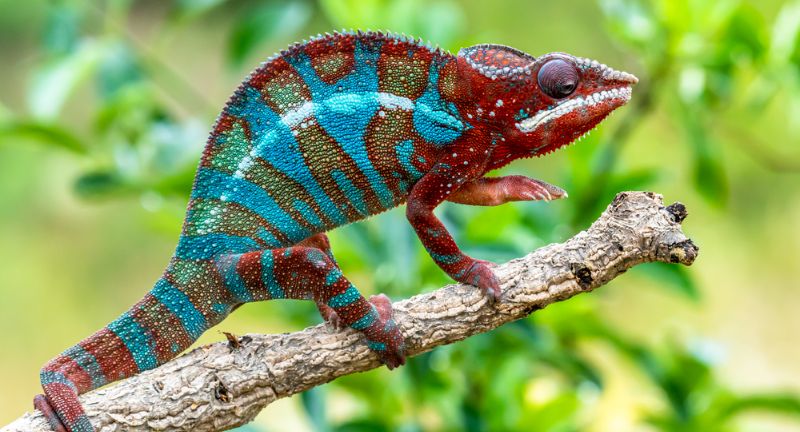
Shutterstock
The Panther Chameleon, introduced and establishing populations in the Everglades, adds an exotic touch to the region’s fauna. Native to Madagascar, these colorful reptiles have adapted to the subtropical climate of the Everglades and are known for their ability to change color based on their mood, temperature, or surroundings. While their presence raises concerns about potential ecological impacts, their captivating appearance makes them a curious addition to the diverse wildlife of the Everglades.
Cuban Tree Frog
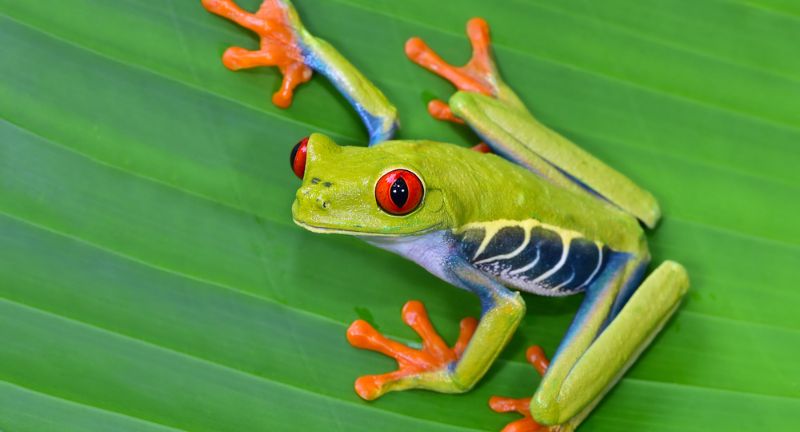
Shutterstock
The Cuban Tree Frog, an invasive species in the Everglades, is known for its large size and loud calls. Originally from Cuba, these frogs have established populations in Florida, outcompeting native species for resources. Their aggressive nature and ability to adapt to a wide range of habitats make them a cause for concern in the Everglades, highlighting the challenges posed by invasive species in disrupting the balance of native ecosystems.
Everglades Mink
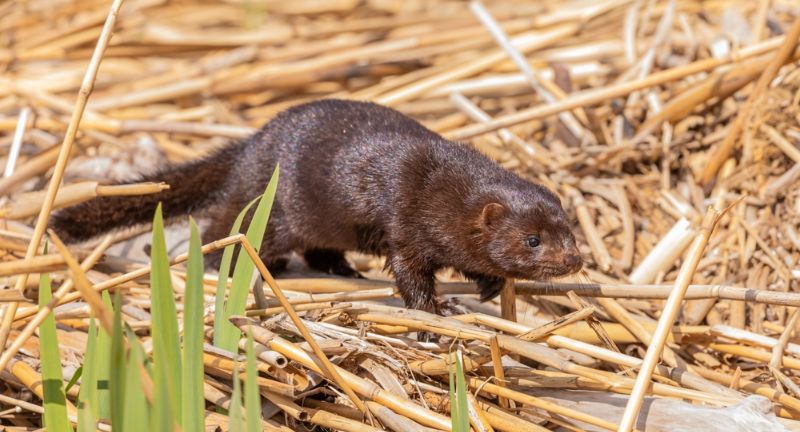
Shutterstock
The Everglades Mink, a subspecies of the American mink, is uniquely adapted to the wetland environment of the Everglades. These semi-aquatic mammals have sleek fur and webbed feet, allowing them to navigate through the water with ease. While relatively elusive, they play a crucial role in the Everglades ecosystem by controlling populations of small mammals and contributing to the overall biodiversity of this distinctive and complex environment.
Conclusion
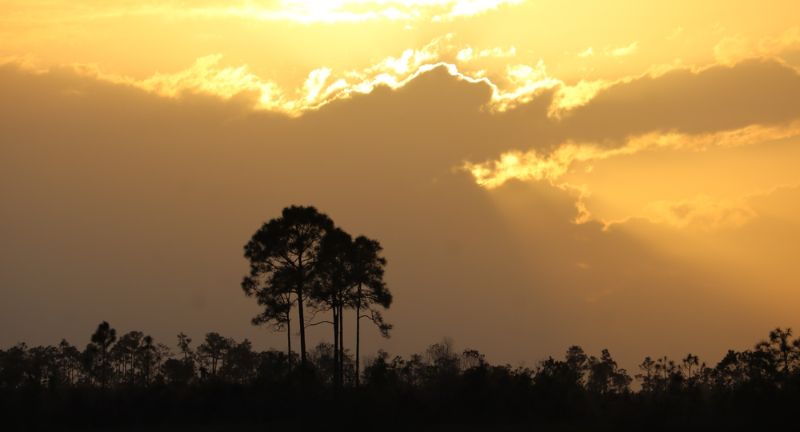
Shutterstock
As we conclude our exploration of the Everglades’ coolest and weirdest inhabitants, we’re left in awe of the incredible diversity and resilience of the wildlife that thrives in this remarkable ecosystem. The delicate balance of nature, from the gentle Manatees gliding through waterways to the elusive Florida Panthers prowling in the shadows, highlights the importance of conservation efforts to preserve this unique environment. Whether you’re a wildlife enthusiast or a casual observer, the Everglades offers a glimpse into the wonders of the natural world. Let us cherish and protect these extraordinary creatures and their habitats to ensure the legacy of the Everglades lives on for generations to come.
More Amazing Animals+
-


27 Odd Animals That We Actually Think Are Really Cute
-
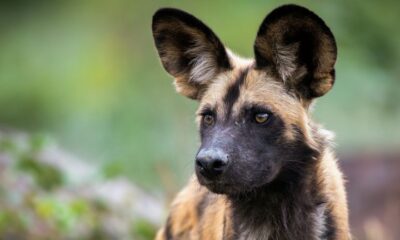

21 Animals That Are Considered Stone Cold Killers
-
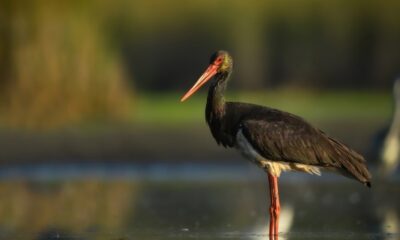

The Truth About Storks and Baby Deliveries
-


Danish Royal Life Guards escort duck family to Copenhagen harbor
-
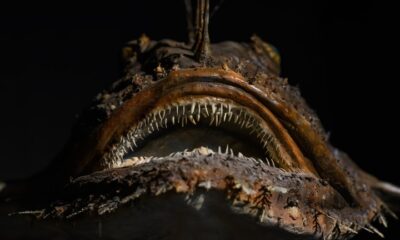

What Makes Anglerfish And Frogfish So Unique?
-


Mama bird feeding her babies in their traffic light nest…
-
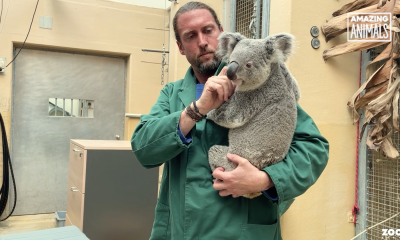

Cuddly koala pounces on plan to boost international breeding program
-


The Adorable World of Hedgehogs: 25 Things You Didn’t Know!
-


Chandler, Arizona Police Officer Helps Duck and Her Ducklings Cross…
-
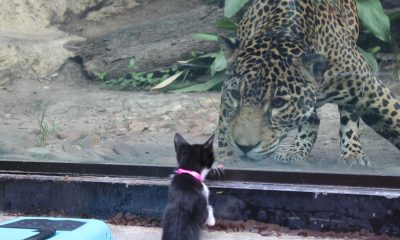

The Animal Defense League took a trip to the San…
-
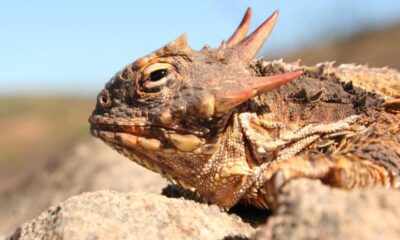

24 Animals That Have The Strangest Defense Mechanisms
-
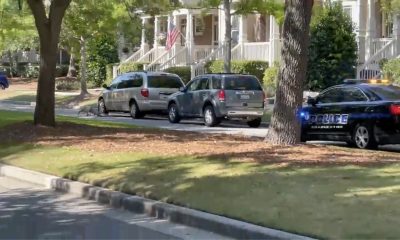

Alligator strolls with police escort prior to being picked up…
